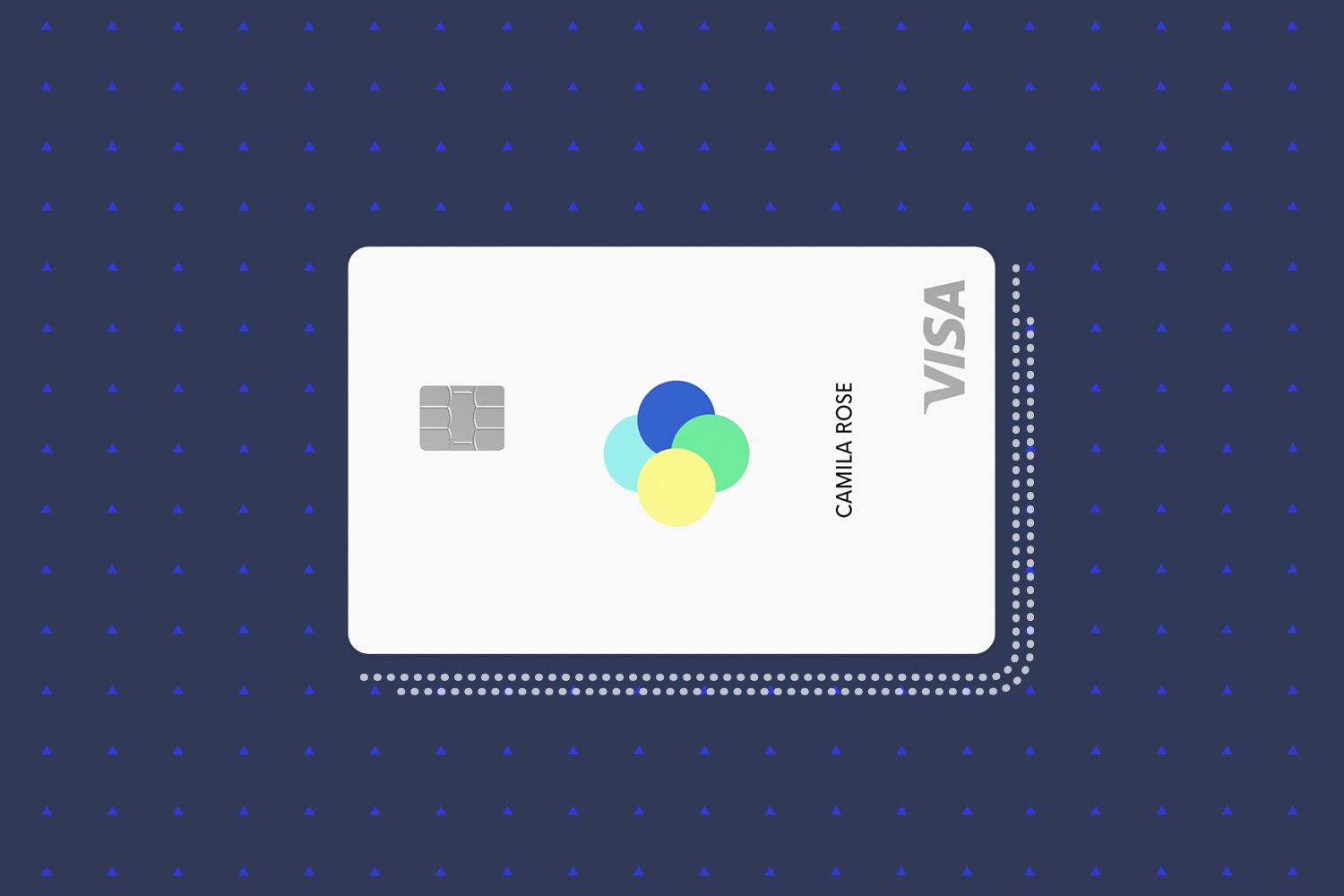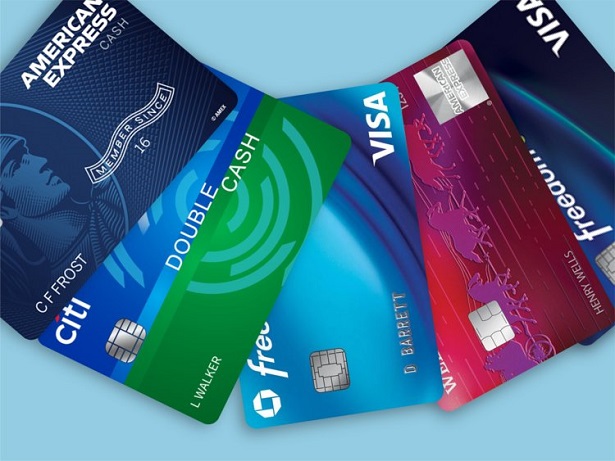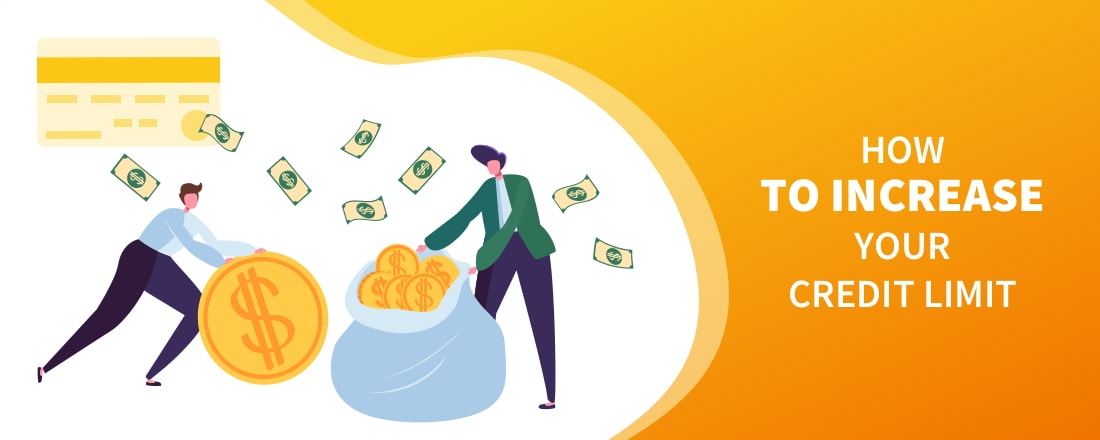
VantageScore can be described as a credit score that lenders use in order to assess potential borrowers. It is often used by credit card issuers, but it is also used by many fintechs as well as installment loan lenders. In fact, nine out of ten of the nation's largest banks and credit unions use VantageScore credit scores.
FICO
FICO and VantageScore scores are used to calculate your credit rating. FICO scores need to reflect at most six months of account activity before you can receive a score. VantageScore doesn’t care about whether you have multiple accounts or how often they are used. VantageScore doesn't require you to have a minimum credit history. However, it does require you to have at least one active credit card account.
VantageScore calculations are complex, and they can differ from one lender to the next. However, both scores can help you get a better picture of your credit score. A VantageScore 623 is considered to be a high credit score. It's right at the fair credit limit.
VantageScore
VantageScore was created by three major credit bureaus in 2006 as part of a joint venture. Each of three credit bureaus holds 50% of VantageScore's management company. The credit scoring system was created to assist consumers with making financial decisions.

The VantageScore model uses machine learning to determine a person's credit risk. This means that it can rate people who have limited credit histories. The company claims that it can rate up to 30 million people. If you're new to credit, your VantageScore may not be visible for several months, or even a whole year.
FICO 8
FICO 8 and VantageScore credit ratings are based upon similar calculations. VantageScore however differs in how its elements are weighted. FICO uses credit reports to calculate your score. VantageScore relies more on personal information like income and political opinions. VantageScore does not provide percentages for any factor but instead focuses on the "influential" ones.
Both FICO, and VantageScore formulas both consider payment history to be a major component. FICO places payment history at the top of the list, while VantageScore ranks it as the third-most important. Your score can also be affected depending on the age of you credit history and what type of credit accounts are open. VantageScore also considers credit usage and recommends keeping balances below 30% of your credit limit.
VantageScore4.0
VantageScore 4.0, an innovative model for credit score scoring, is here. It incorporates machine learning techniques to provide scores with more accuracy. However, higher scores do not necessarily come with greater accuracy. The new model may have an impact on your score but the fundamental factors that determine your credit score won't change.
Many financial institutions such as banks and credit card issuers use this scoring system. Websites for consumers are now incorporating this system. Your VantageScore will be requested if you're applying to rent a space.

Tenant Data's credit score for vantage
Tenant Data's VantageScore 3.0 is a new scoring system that will have a major impact on tenant screening and the rental sector. The FICO credit score remains the industry's dominant credit score. However, the new model claims to be more accurate. It has many important changes, while it mirrors the FICO credit score range.
VantageScore refers to a number that is between 300-850. A VantageScore score of 661 or more is considered ideal. A score of 660 or less indicates that you need to make improvements. Tenants might consider making timely rent payments and paying down their outstanding debt to boost their VantageScore. These past and future rent payments are then reported to their credit report, which helps improve their credit score.